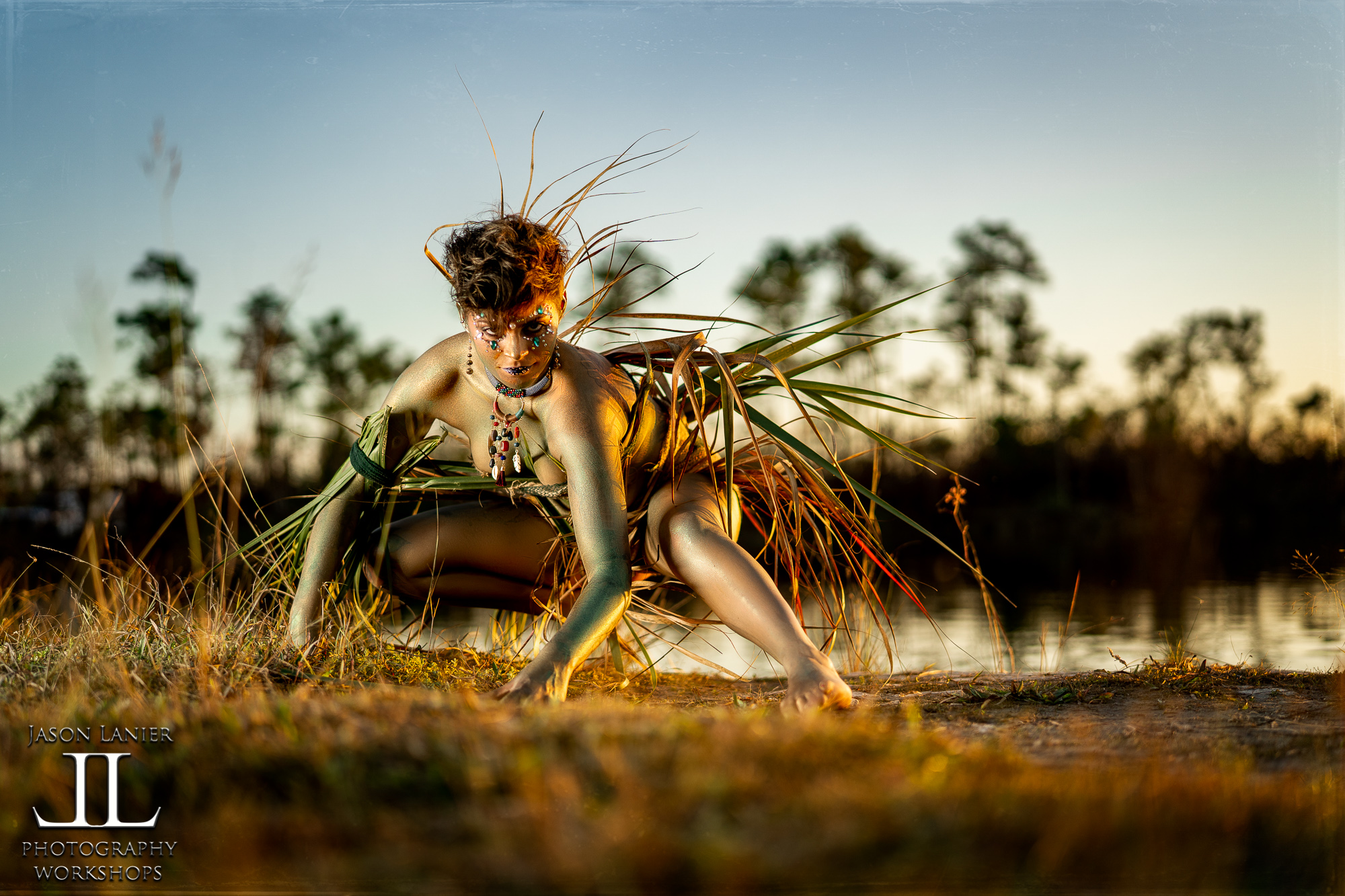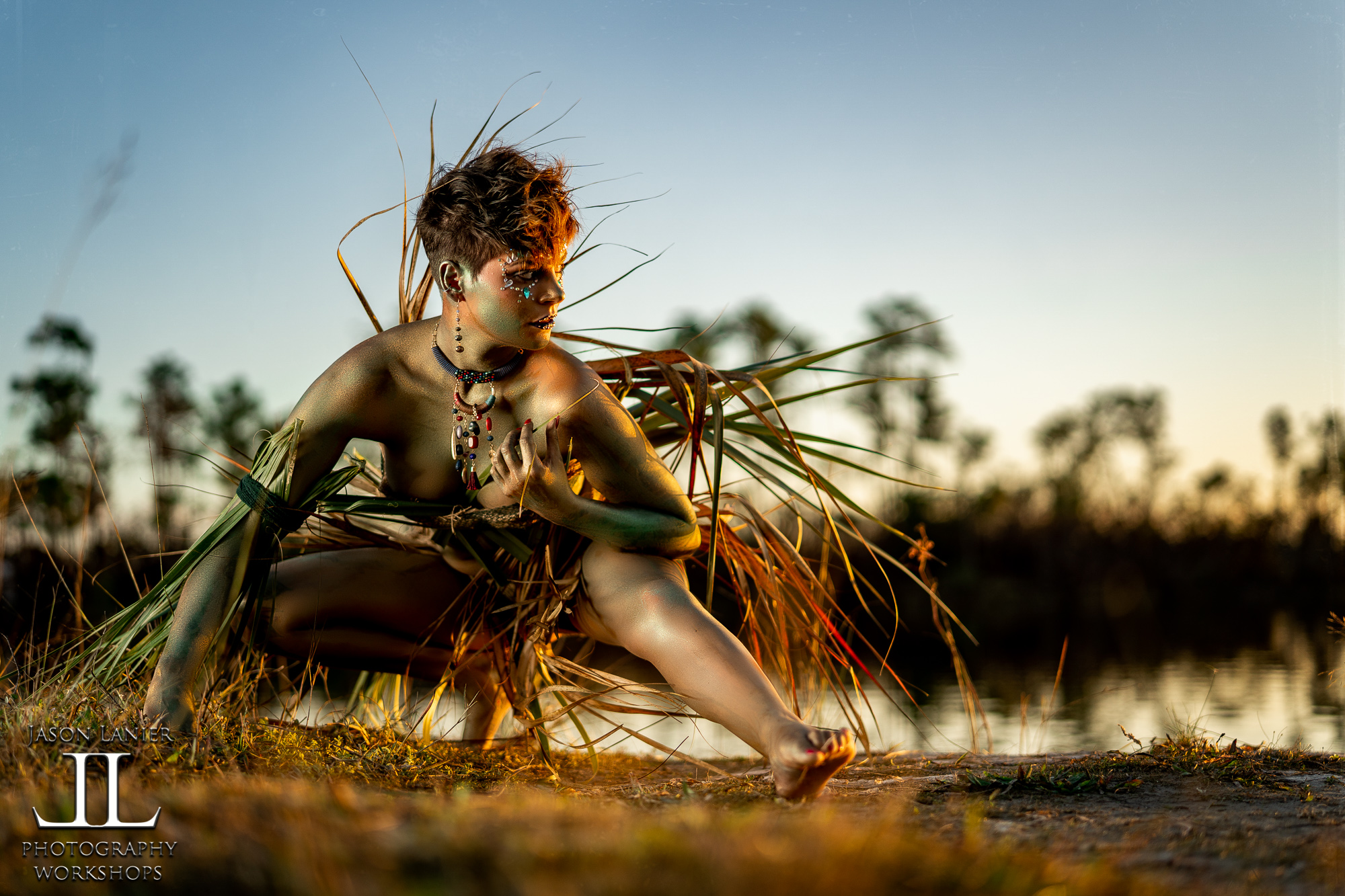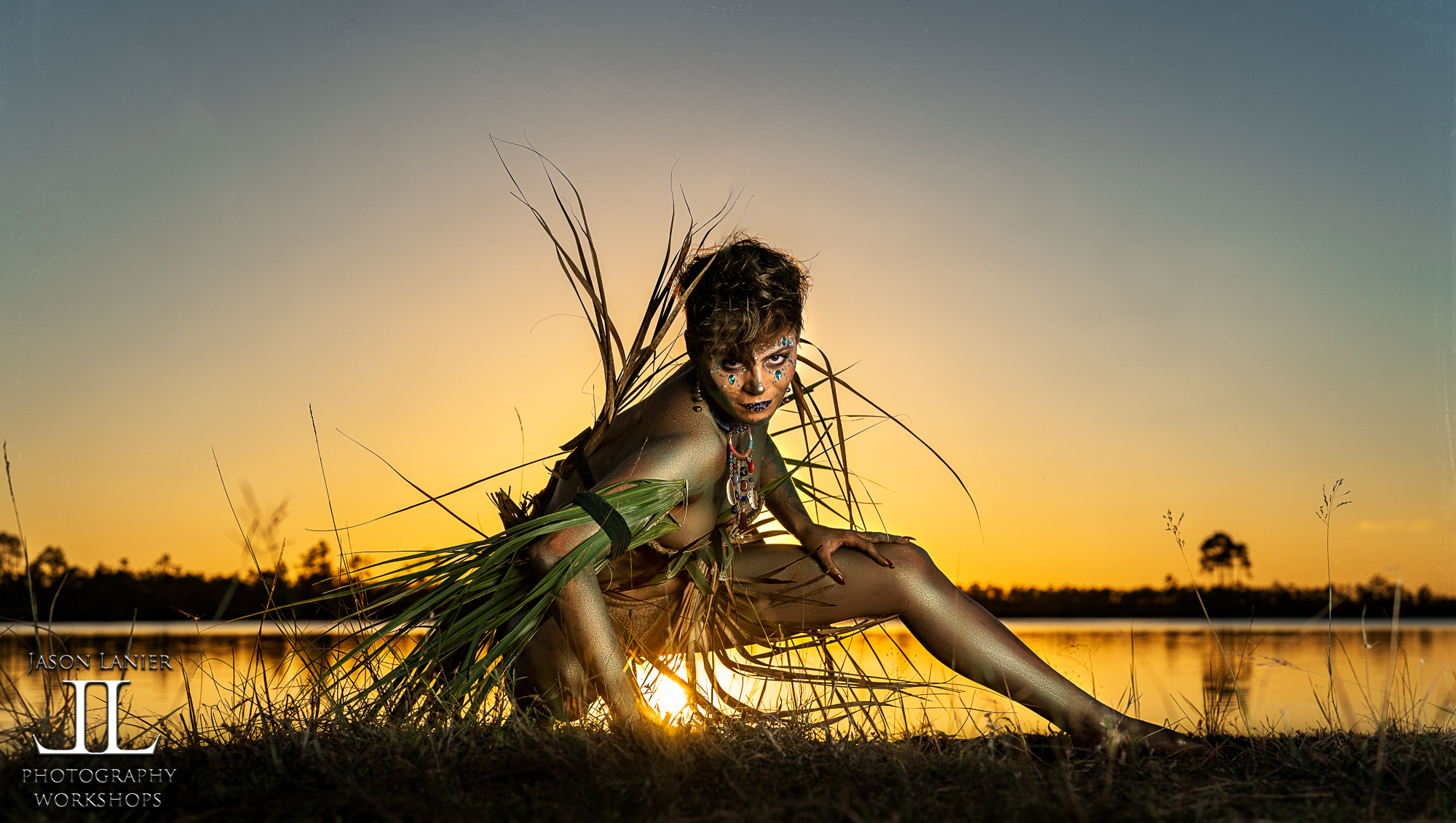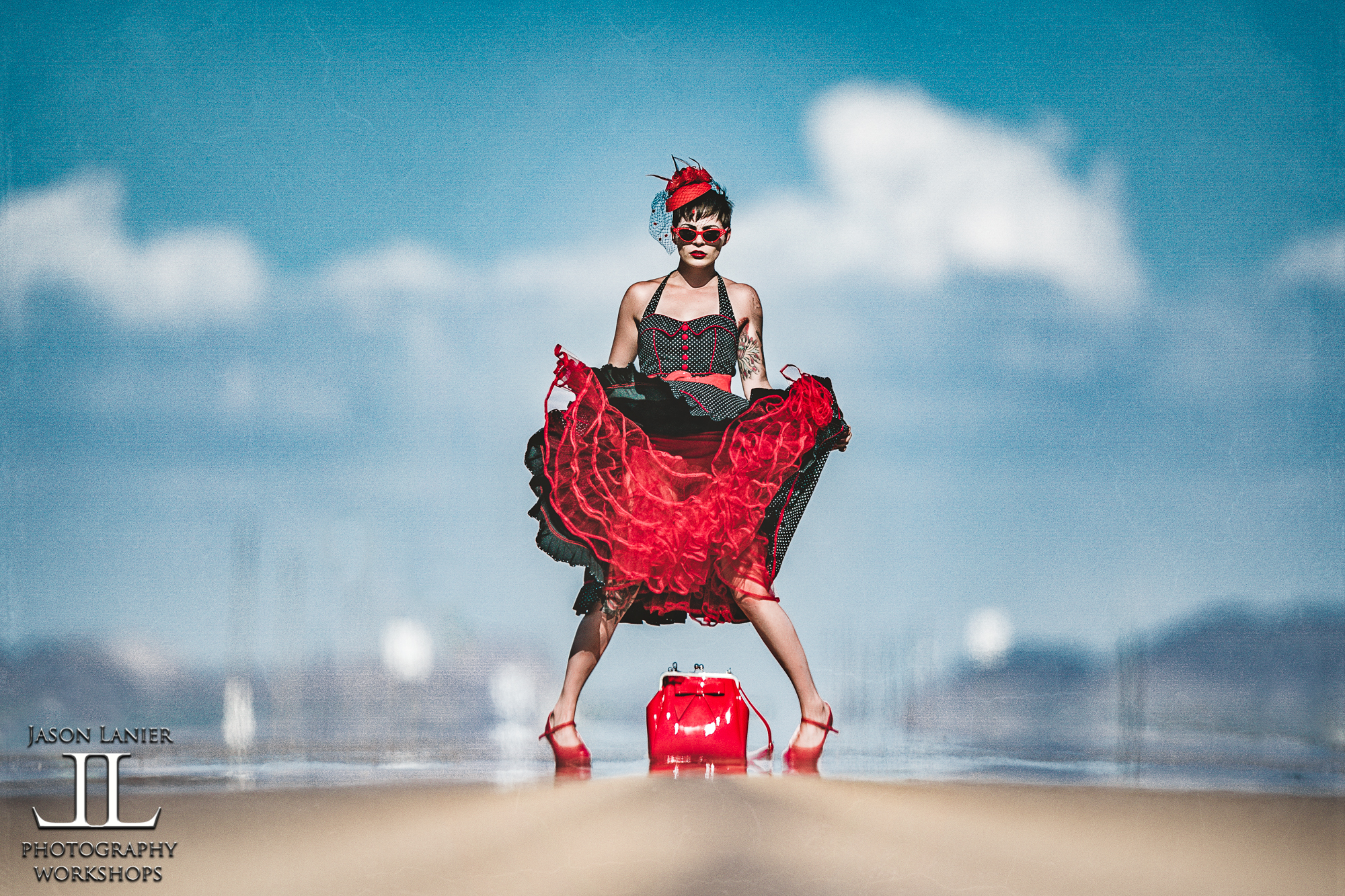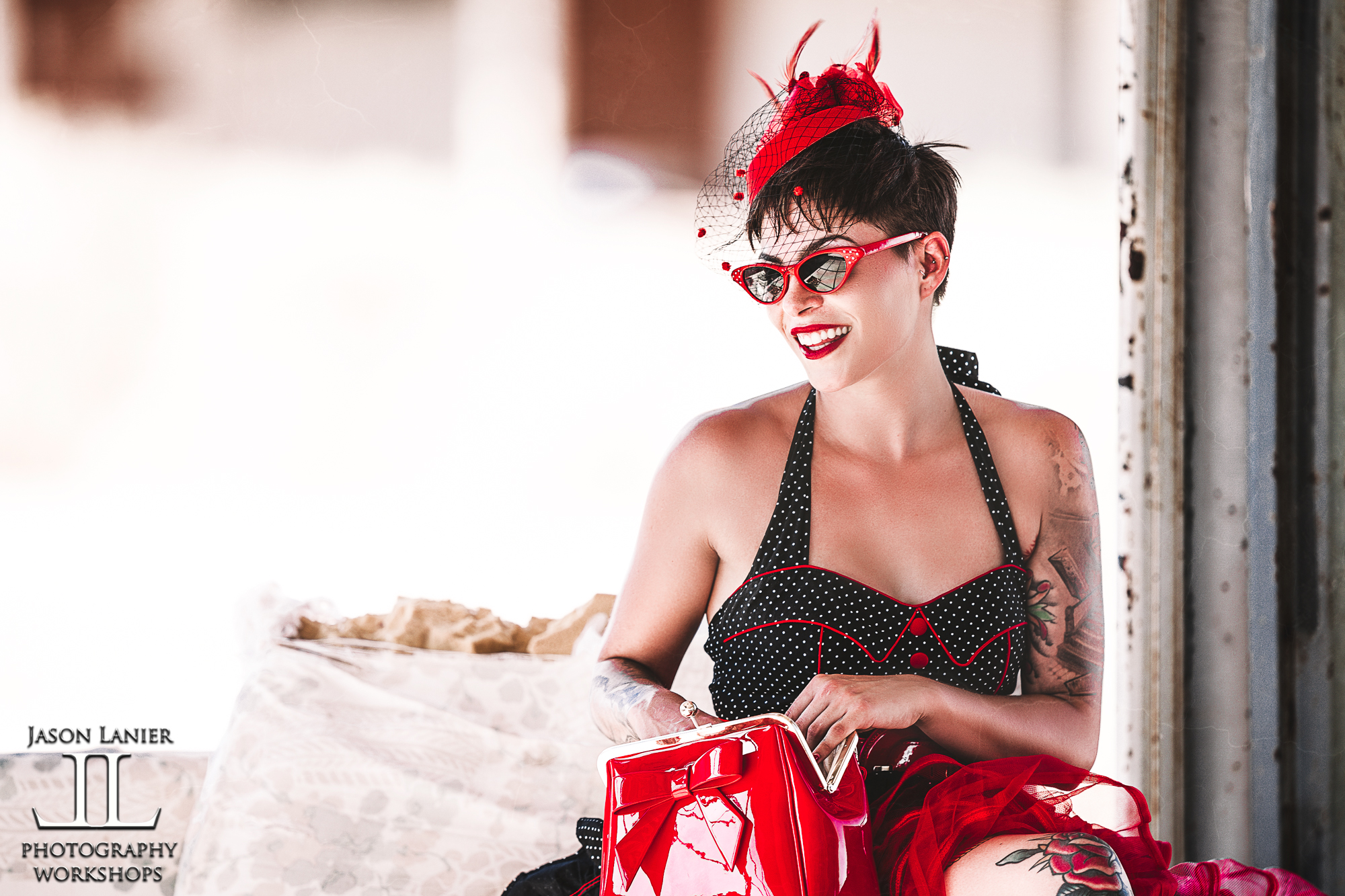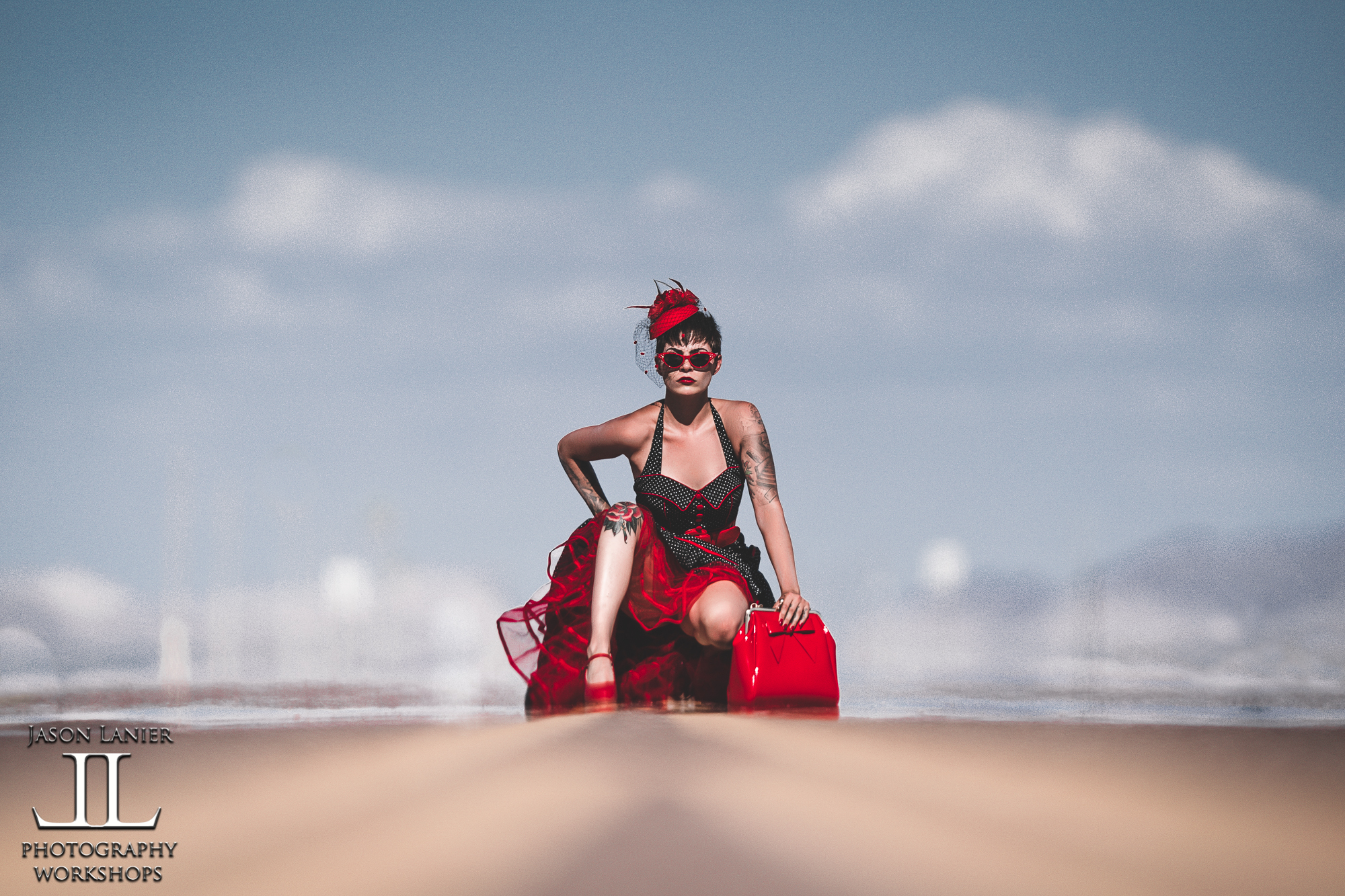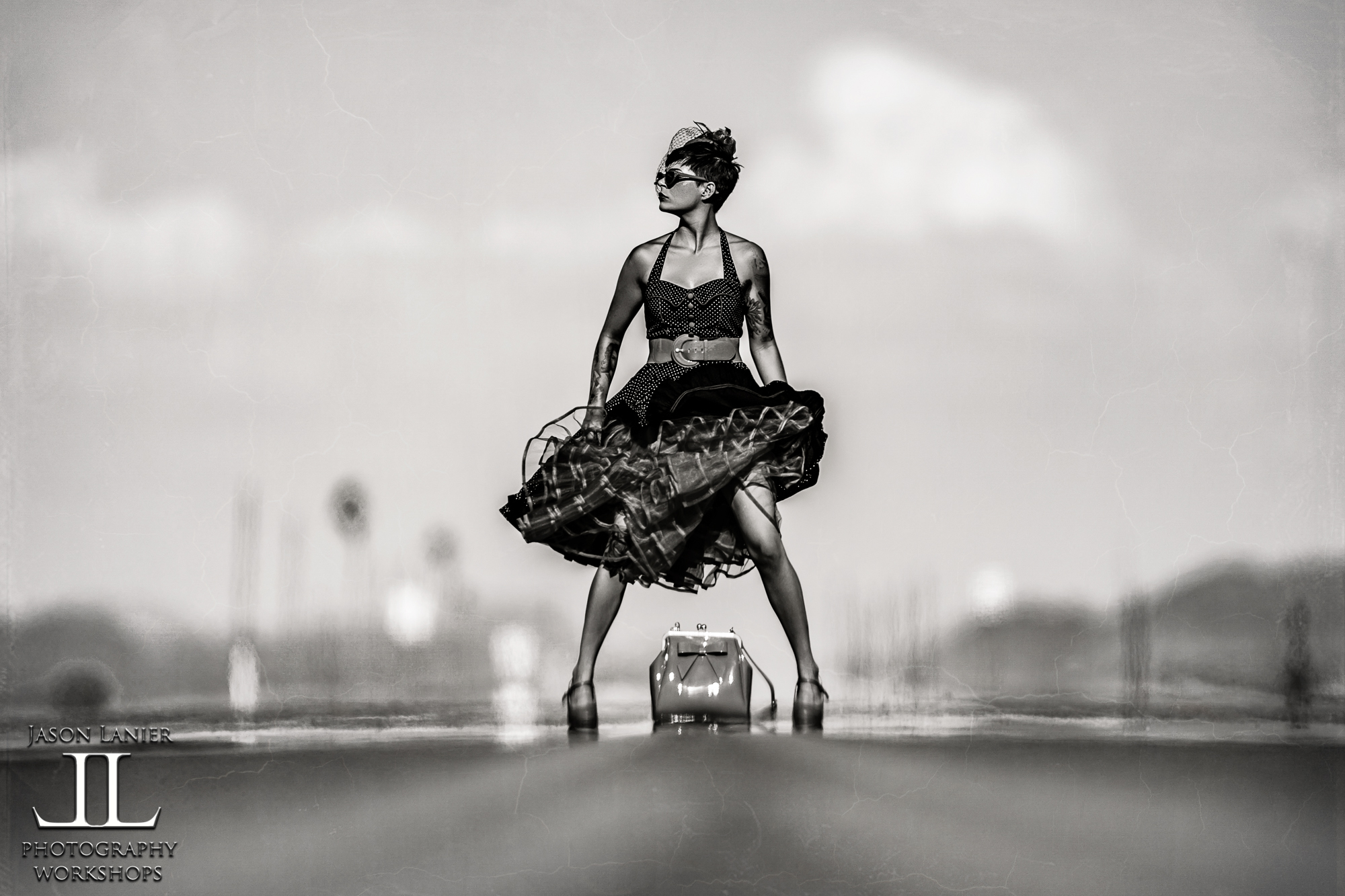When the Sony A6400 was announced I’ll be the first one to admit that I was a little confused as to what this camera had to offer. Just the name alone made it confusing for me to comprehend why Sony would release a camera that came in between the A6300 and the A6500. I mean, what’s the purpose of this camera?
A little while ago I had the opportunity to get my hands on one of them to give it a go. This camera quickly became my favorite of the Sony crop sensor cameras. To watch the entire review please click the video below:
The A6400 replaces the A6300 and while the body form factor remains relatively unchanged, there are some big changes on the tech side and the screen that make this a very interesting camera.
The big news from this camera is the update to the eye auto focus and the screen. This is Sony's first offering of a complete flip up screen that makes it useable for vloggers out there.
The other exciting news is that this camera has the same processor as Sony'f flagship camera, the A9. This makes it the fastest of any of the crop sensor Sony cameras and also improves the battery life nearly doubling the total expected shots from the camera on one battery charge.
Here are the things about this camera that really impressed me:
Eye Auto Focus- no need to hit a secondary button to engage the eye auto focus. This makes using this very valuable function easier than ever and also more accurate. You now even have the capability to toggle back and forth and choose which eye you would like in focus. THAT is COOL!
Flip Up Screen- Yay! We finally have a flip up screen on a modern Sony mirrorless camera. This makes it the first camera for vloggers and photographers like me who actually record a lot of video with their camera. One of the most annoying things for me personally is to keep having to go behind the camera to check for audio signals, to make sure the camera is recording etc. Having a screen that I can see as I record is a big bonus for me,
No Time Limit Recording on Video Mode- I always take a camcorder with me wherever I go because there are times when I need to record for longer than 30 minutes. The A6400 is the first Sony Mirrorless that now extends this video capability to a non camcorder body. This is one of the main reasons why I’ll be buying this camera. The ability to now use a camera like this with all of my pro level lenses is a big advantage for me over using the standard lens that comes on a camcorder and will up my video game for sure.
A9 Processor- The processor that is in Sony’s most advanced camera, the Sony A9, is now the same processor in this little guy which kinda blows me away. This results in much faster auto focus, better tracking, a better buffer and a much better battery life! This is the first breakthrough on battery life from the original small body cameras that we’ve seen and I’m sure will be celebrated by crop sensor shooters out there everywhere.
ISO Performance- I was really impressed that a crop sensor camera was giving me the ISO performance that I was able to get with some shots using this camera. Below are some shots taken at ISO 4000 with no noise reduction that shows some pretty clean images. This is the best I’ve found so far on the Sony crop sensor bodies.
Video Functionality- given the advances in auto focus tracking, no time limit on recording, better battery life, etc. this camera aims to be a vloggers dream. It also has 4k video with S Log which will make the more serious videographers out there very happy. It does NOT have IBIS (In Body Image Stabilization) which will disappoint some, but the lack of IBIS is one of the main reasons the camera costs less than the A6500. If you’re serious into video work you’ll most likely be using a camera like this on a gimbal anyways so you shouldn’t need it too much anyways.
Images taken at ISO 500
Images taken at ISO 4000
**Links to Gear**
Lighting: to receive 10% off and FREE shipping please visit www.rotolight.com and enter the promo code: jasonlanier10
*Sony A6400- https://bhpho.to/2IKCRBg
*Sony 135mm G Master- https://bhpho.to/2IPq3d5
*Sony 35mm Zeiss- https://bhpho.to/2IDrv28
*Sony 50mm Zeiss- https://bhpho.to/2FmytlK
Gear Used to Record the Video:
*Sony A9- https://bhpho.to/2oOdnGF
*Sony 24-70 G Master- https://bhpho.to/2tVmFpj
*Sony AX33 Camcorder- https://bhpho.to/2IBQOgP
Summary:
Given the price, the improved technology and tilt screen, I believe the A6400 is the best crop sensor camera that Sony has to offer. I would buy and use it all day over the A6500 due to it’s flip up screen, improved battery life, faster processing, eye auto focus and more. It also is significantly cheaper which makes it a much more viable option for many photographers out there.
It is hands down a quantum leap in technology and performance over the A6000 and takes it’s place as the best bang for your buck in the Sony crop sensor marketplace. It will be the crop sensor camera in my bag and I’ll be placing the A6500 aside for now. Some people will miss the IBIS in the camera, but I think they’ll appreciate the drop in price more.
I hope this has helped. Make sure to take a moment to check out my Youtube Channel if you haven’t already. www.youtube.com/jasonlanierpros. Also make sure to give a follow to my Assistant Emily on Instagram at @em.explores as well.
So what do you think? Let us know by writing in the comments below. Thanks for visiting us here!
Jason










